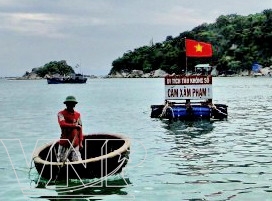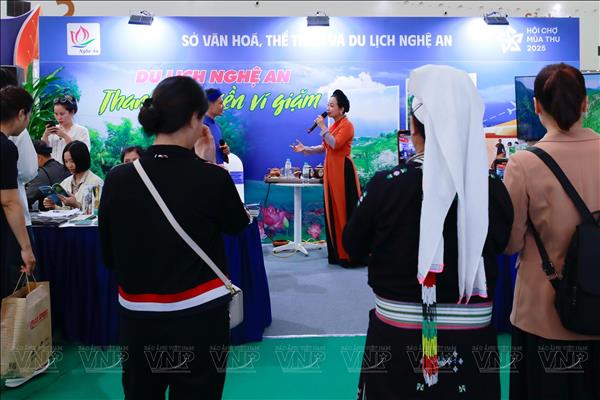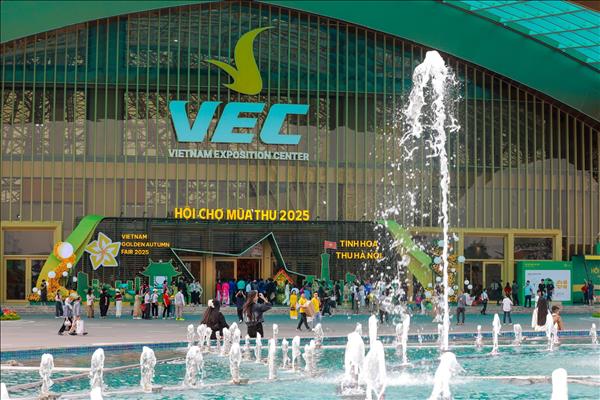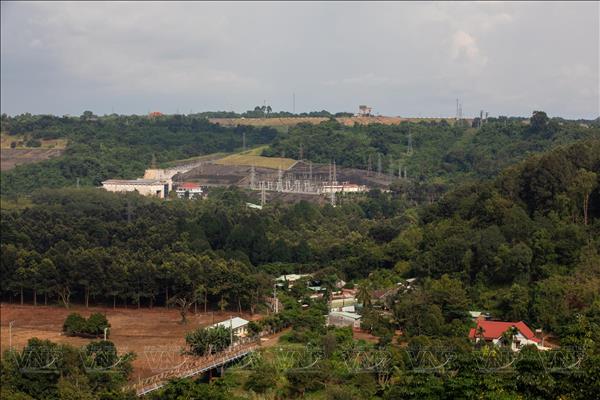Fifty years have passed since the “Ho Chi Minh Sea Trail” was established (October 23, 1961 – October 23, 2011). Across this legendary route, many ships without numbers overcame typhoons and strict blockades of the enemy to successfully transport tens of thousands of tonnes of weapons, food and medicines to supply the southern front, contributing to a great victory in Spring, 1975.
MYSTERIOUS ROUTE OF THE SHIPS WITHOUT NUMBERS
During the Vietnamese people’s resistance war against the US for national salvation, the Ho Chi Minh Trail was considered a “strategic road through jungles” while the Ho Chi Minh Sea Trail was associated with the secret transport ships without numbers.
The existence of these two mysterious routes caused extreme difficulties for US military officials and the South Vietnamese government at that time, who tried to prevent the northern army from assisting in the southern battles.
After the Geneva Agreement was signed in 1954, the US imperialists and the Ngo Dinh Diem lackey government aggressively carried out its policy to “denounce communists and exterminate communalists” and drag the guillotine throughout the South. To further enhance its capability of timely supporting the south and to aid in liberating the South and reunifying the country, the Political Bureau decided to open a second transport route at sea. On October 23, 1961, the Ministry of Defence decided to establish Mission 759 (now Naval Brigade 125), marking the birth of the Ho Chi Minh Sea Trail, a strategic transport route.
During the Vietnamese people’s resistance war against the US for national salvation, the Ho Chi Minh Trail was considered a “strategic road through jungles” while the Ho Chi Minh Sea Trail was associated with the secret transport ships without numbers.
The existence of these two mysterious routes caused extreme difficulties for US military officials and the South Vietnamese government at that time, who tried to prevent the northern army from assisting in the southern battles.
After the Geneva Agreement was signed in 1954, the US imperialists and the Ngo Dinh Diem lackey government aggressively carried out its policy to “denounce communists and exterminate communalists” and drag the guillotine throughout the South. To further enhance its capability of timely supporting the south and to aid in liberating the South and reunifying the country, the Political Bureau decided to open a second transport route at sea. On October 23, 1961, the Ministry of Defence decided to establish Mission 759 (now Naval Brigade 125), marking the birth of the Ho Chi Minh Sea Trail, a strategic transport route.
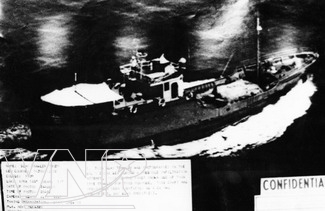 Ship 69 of Mission 759 disguised as a foreign fishing ship to transport weapons to support the southern battlefield (1966). Photo: File |
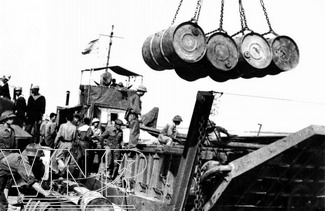 A transport ship of Mission 759 is loaded with weapons and supplies to send to the South (November 1968). Photo: File |
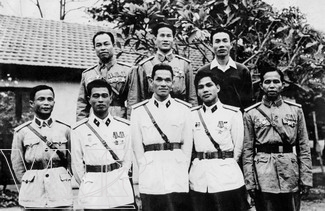 Members of the Staff of Mission 759 in the beginning of its operation. Photo: File |
 The ceremony for receiving the title “Hero of the People’s Armed Forces” of Ship 154, Naval Brigade 125 (1975). Photo: File |
On the night of October 11, 1962, a wooden motorboat of Mission 759, disguised as a fishing boat carrying 30 tonnes of weapons, left the wharf K15 in Do Son (Hai Phong) to go to Ca Mau. This began the stormy journeys of the ships with no numbers on the legendary Ho Chi Minh Sea Trail. After 10 days, the boat landed safely at Lung Vam (Ca Mau). After that successful trip, President Ho Chi Minh sent a telegram to the soldiers of Mission 759 to compliment and encourage them. He advised them to draw from their experience to continue transporting weapons to the south so that the people could fight against the enemy, for North-South reunification.
After that first successful trip, to evade the enemies’ eyes and ears, most of the ships carrying weapons for the southern battlefield were disguised as fishing ships with non-fixed numbers and they constantly changed their routes. Hence the name “ships without numbers”.
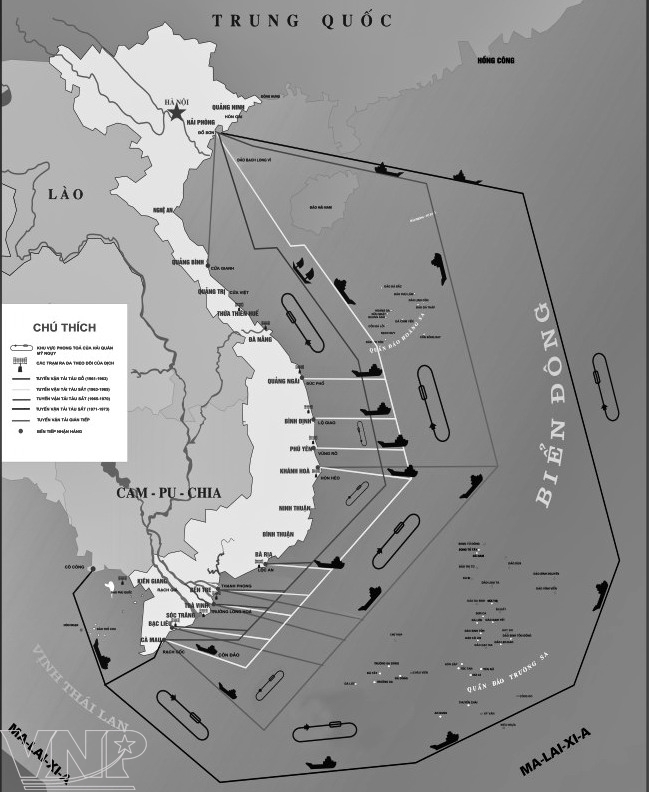 A chart of the Ho Chi Minh Sea Trail. Photo: File |
From 1961 to 1975, the Naval Brigade 125 mobilized 1,879 ships to travel nearly 4 million nautical miles to transport 152,876 tonnes of weapons, technical equipment and medicine, and take 80,026 officers and soldiers from the North to the South. The ships without numbers fought over 1,200 enemy aircraft raids. 19 ships and 700 tonnes of cargo were destroyed. More than 90 officers and soldiers died and the body of only one soldier was found. Brigade 125 was awarded the title “Heroic Unit of the People’s Armed Forces” twice. Eight individuals and five ships were awarded the title “Hero of the People’s Armed Forces”.
|
After ship C143 was discovered by the enemy in Vung Ro (Phu Yen) in February, 1965, the enemy intensively increased patrol activities. Because of this, Mission 759 had to change its operations, forcing the fleet to use different routes. In late 1970, besides the route taken along Hoang Sa and Truong Sa Archipelagoes, the ships had to take a roundabout route through many other territorial waters, such as northeast Malaysia and the Gulf of Thailand.
During the anti-US resistance war, along with the Ho Chi Minh Trail, the Ho Chi Minh Sea Trail contributed to assist the south to win a great victory in the spring of 1975, completely liberating the South and reunifying the country.
Talking about the historical mission of the Ho Chi Minh Sea Trail, General Phung Quang Thanh, Minister of Defence, said: “The Ho Chi Minh Sea Trail was a route linking the large rear in the North with the large front in the South. It showed the will and aspiration for independence, freedom and reunification of the whole nation.”
RETURNING TO THE OLD BATTLEFIELD
In 2011, the 50th anniversary of the Ho Chi Minh Sea Trail (October 23, 1961 – October 23, 2011) was celebrated. On October 5, 2011, from wharf K15 in Do Son (Hai Phong), the starting point of the legendary route on the East Sea, 148 people who were veterans of the ships without numbers in the past, and outstanding members of the youth union started a trip entitled “Following the Ho Chi Minh Sea Trail”.
During the anti-US resistance war, along with the Ho Chi Minh Trail, the Ho Chi Minh Sea Trail contributed to assist the south to win a great victory in the spring of 1975, completely liberating the South and reunifying the country.
Talking about the historical mission of the Ho Chi Minh Sea Trail, General Phung Quang Thanh, Minister of Defence, said: “The Ho Chi Minh Sea Trail was a route linking the large rear in the North with the large front in the South. It showed the will and aspiration for independence, freedom and reunification of the whole nation.”
RETURNING TO THE OLD BATTLEFIELD
In 2011, the 50th anniversary of the Ho Chi Minh Sea Trail (October 23, 1961 – October 23, 2011) was celebrated. On October 5, 2011, from wharf K15 in Do Son (Hai Phong), the starting point of the legendary route on the East Sea, 148 people who were veterans of the ships without numbers in the past, and outstanding members of the youth union started a trip entitled “Following the Ho Chi Minh Sea Trail”.
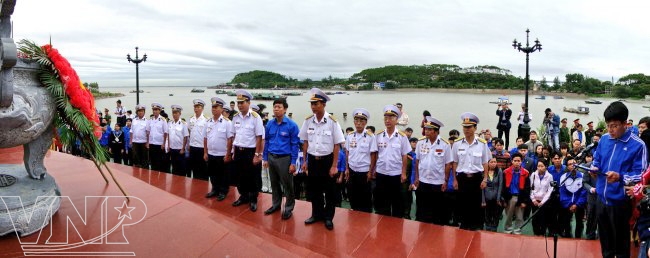 Members of the trip “Following the Ho Chi Minh Sea Trail” burn incense to commemorate heroic martyrs at Wharf K15 before setting off. Photo: Tran Huan 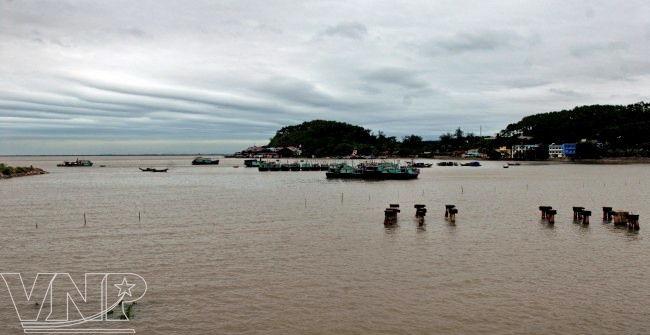 Wharf K15, the starting point of ships without numbers. 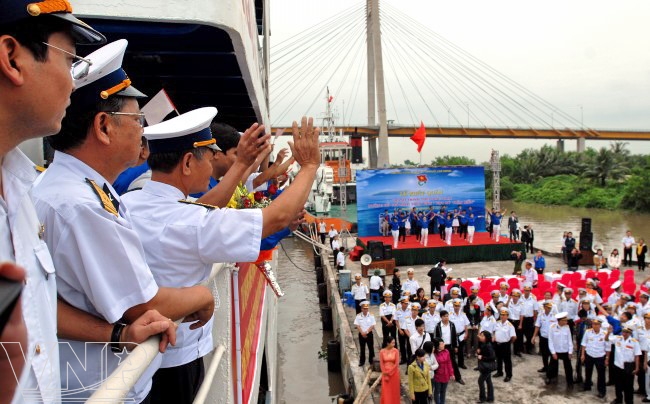 Ship HQ-996 leaves Wharf K15, starting the trip “Following the Ho Chi Minh Sea Trail”. Photo: Tran Huan |
Transport ship HQ-996 took them to many places marking the glorious victories of the ships without numbers. They went to wharf K15 (in Hai Phong), Gianh Port (Quang Binh), Sa Ky Station (Quang Ngai), Vung Ro Port (Phu Yen), Station 177 (Ba Ria - Vung Tau), Thanh Phong Station (Ben Tre) and Vam Lung Station on the cape of Ca Mau. These stations were among many secret landing places of the ships during their mission to transport supplies to the south. From these places, tens of thousands of tonnes of weapons and food were provided for the units engaged in the fighting.
During their trip, the veterans revisited the old battlefields. At each stop, they met their old comrades and the local people who had protected and helped them during the most difficult and severe years.
 An exchange between two generations on Ship HQ-996. Photo: Tran Huan |
 Members of the trip visit a battleship of the Vietnamese People’s Navy. Photo: Tran Huan |
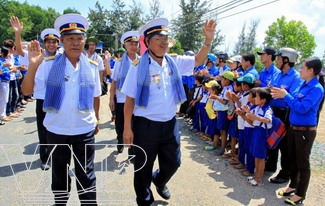 People in Vam Lung-Ca Mau welcome veterans of the ships without numbers. Photo: Tran Huan |
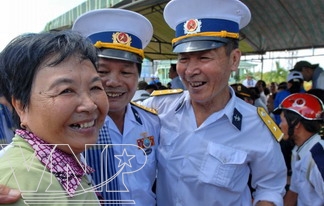 Joy when meeting again after nearly 50 years. Photo: Tran Huan |
When they disembarked at Thanh Phong Wharf in Ben Tre, they met Huynh Phuoc Hai, a former soldier. They were happy and touched because after several decades, some veterans had died. Meeting his friends, Hai showed them some items of the ships that he had kept for 50 years. These included an aluminum mug, a food tray, and even a bullet used by the enemy during combat to protect his ship in Ben Tre.
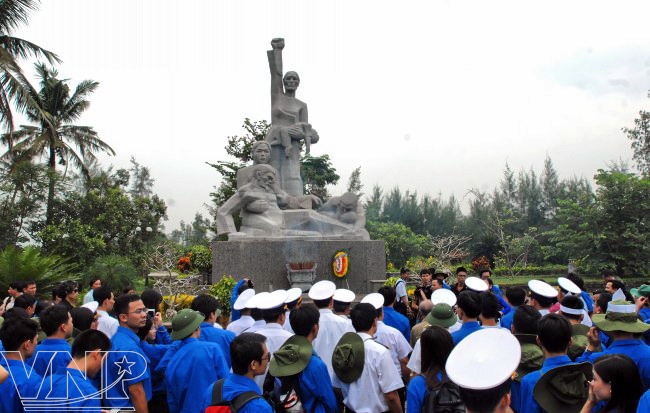 Members of the delegation offer incense at Son My Monument (Quang Ngai). Photo: Tran Huan  An emotional meeting of five former sailors of a ship without numbers after several many years. Photo: Tran Huan  The 50th anniversary of the Ho Chi Minh Sea Trail is held at the Naval Brigade 125. Photo: Tran Huan |
For the younger people who were born after the war, the trip was both insightful and meaningful. During the journey they visited many places relating to the Ho Chi Minh Sea Trail. At each stop, they lit incense to commemorate the heroes who died for the independence of the nation and the sacred integral sovereignty of the sea and islands of the country. During this trip, the veterans, youth union members and the local authorities donated 20 houses (worth 1.2 billion VND), 167 savings books (worth 501 million VND), 1,194 gifts for the veterans of the ships (597 million VND) and 200 scholarships for the children of the former sailors’ families (500 million VND).
After 18 difficult days of traveling on the sea and sailing over 1,500 nautical miles with seven stops, on October 22, 2011 HQ-996 arrived at Ho Chi Minh City, the last destination, finishing the “Following the Ho Chi Minh Sea Trail” trip.
The trip left special emotions and memories of a glorious period for many soldiers of the ships who sacrificed their lives for national independence.
The trip was an important event to celebrate the 50th anniversary of the Ho Chi Minh Sea Trail. It provided an opportunity for young people to express their gratitude to those who sacrificed themselves for the country and for the young people to learn about the glorious, historical past. More importantly, it stirred up the young people’s enthusiasm to protect the sea and island sovereignty of the fatherland today.
Story: Vy Thao - Photos: Tran Huan - The Duyet - Navy Museum’s file
Story: Vy Thao - Photos: Tran Huan - The Duyet - Navy Museum’s file

